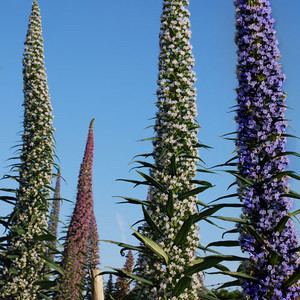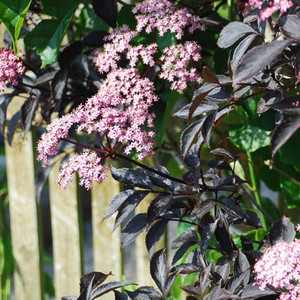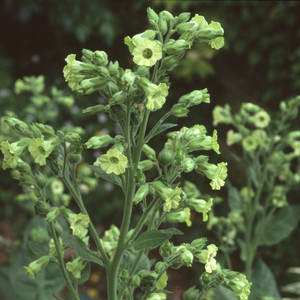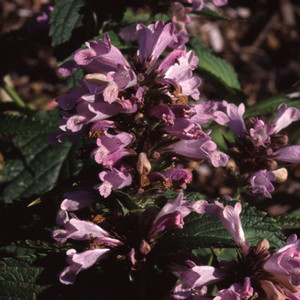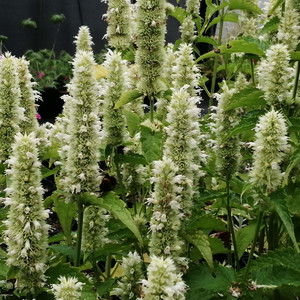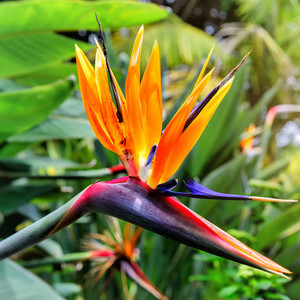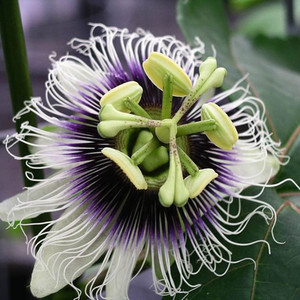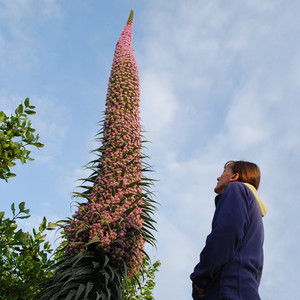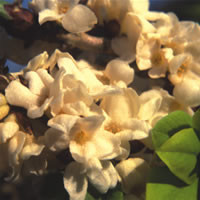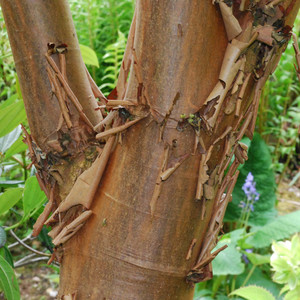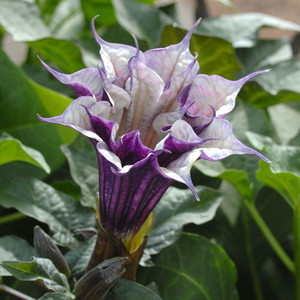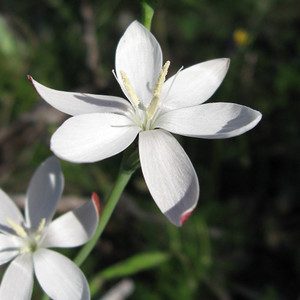-
Nothing here. Please add something or load your cart
Pithecellobium Dulce
In stock
Description
The Manila Tamarind, or Madras Thorn, is a rugged yet graceful tree native to Central and South America, now naturalized across tropical and subtropical regions worldwide. Its spreading, umbrella-shaped canopy is supported by a trunk adorned with rough, grayish bark. The small, bipinnate leaves lend a soft, feathery texture to the tree, which is often complemented by clusters of greenish-white, fragrant flowers during the blooming season. These blossoms are a magnet for pollinators, including bees and butterflies. The tree’s standout feature, however, is its twisted, spiraling pods, which encase small black seeds surrounded by a tangy-sweet, edible pulp. This pulp is a popular snack in many regions and is often used in traditional culinary dishes and beverages. Beyond its ornamental appeal, Pithecellobium dulce is valued for its nitrogen-fixing abilities, making it a practical choice for agroforestry and soil improvement. The tree thrives in arid and semi-arid climates, demonstrating exceptional drought tolerance, and is often used as a living fence or shade tree in gardens and farms.
Sowing Advice
Scarify seeds by soaking them in hot water (60–80°C) for 12–24 hours. Sow the seeds 1–2 cm deep in well-draining soil, maintaining consistent moisture without waterlogging. Place in full sun at a temperature of 25–30°C (77–86°F). Germination occurs within 1–2 weeks. Transplant seedlings once they reach 10–15 cm in height, spacing trees 5–8 meters apart for optimal growth.
Key Facts
Family:Fabaceae
Common name:Albizia dulcis, Inga dulcis, Mimosa dulcis, Manila Tamarind, Madras Thorn, Jungle Jalebi
Classification:Half hardy tree, Hardy tree
Height:5.0-18.0m
Packet Content:10 (Approx)


